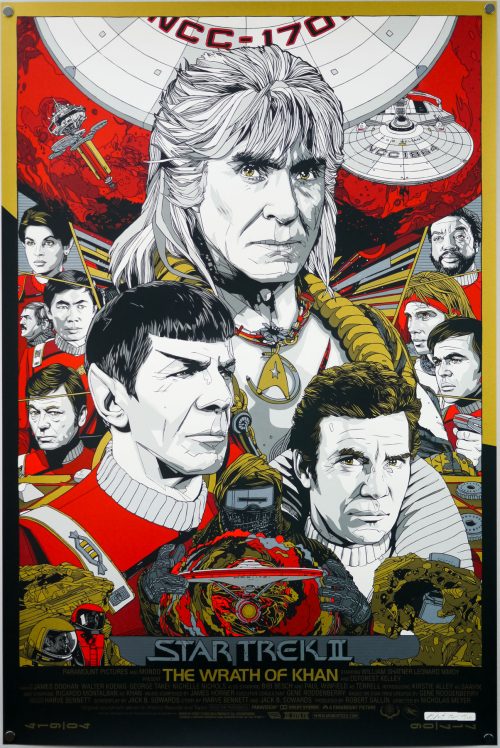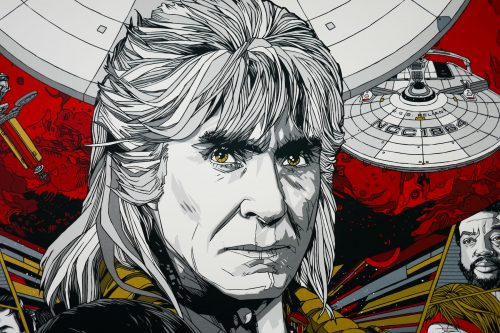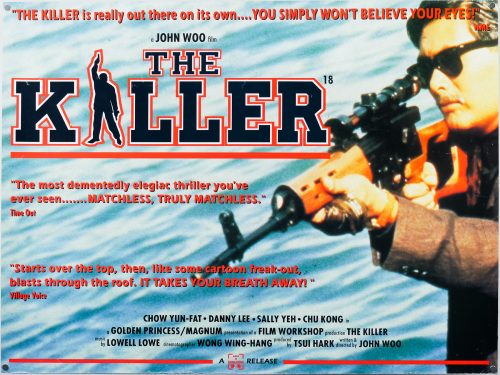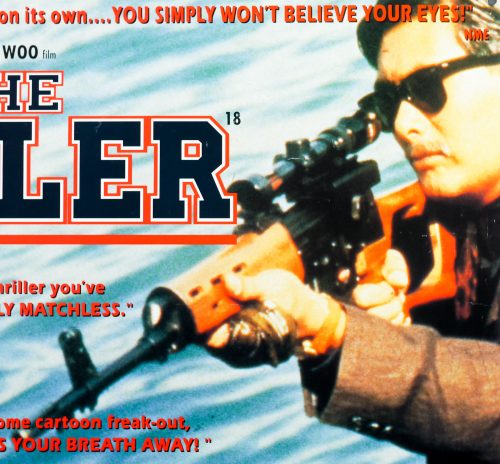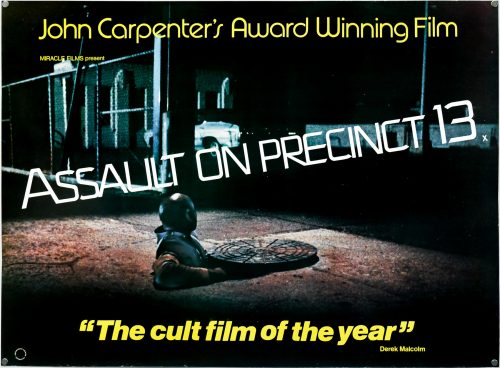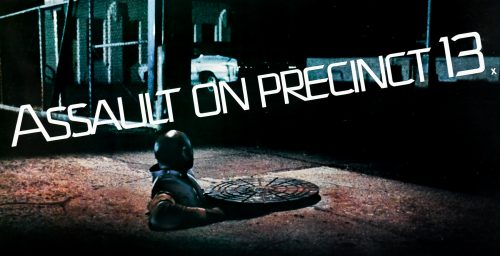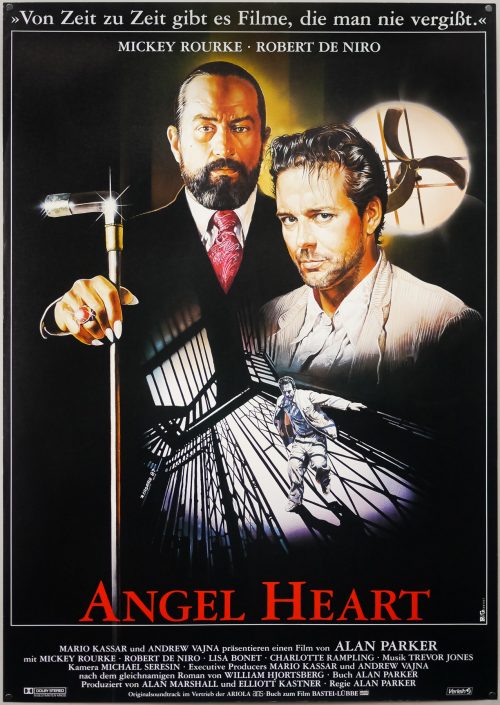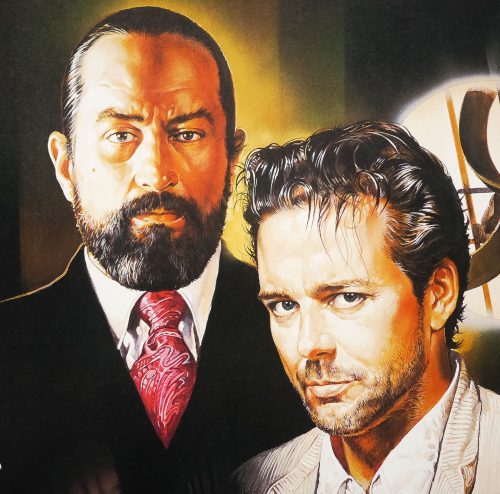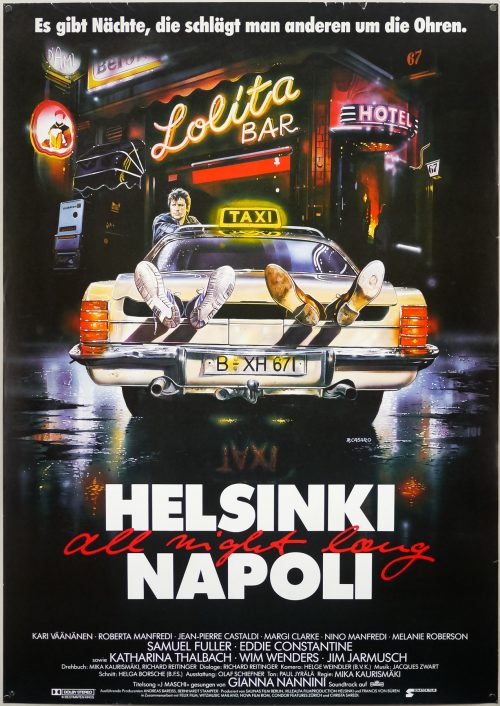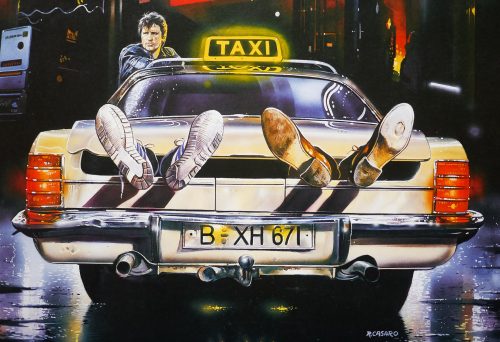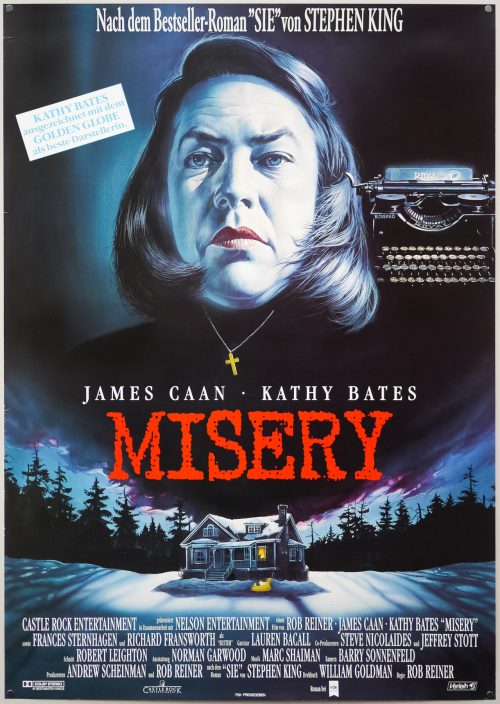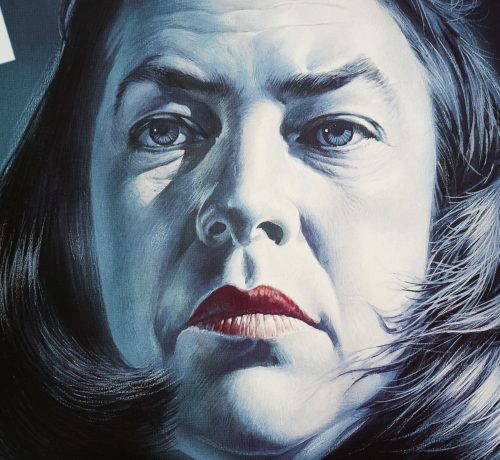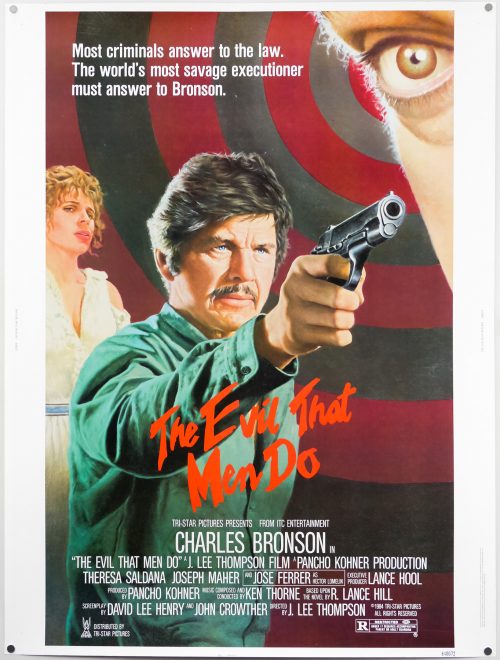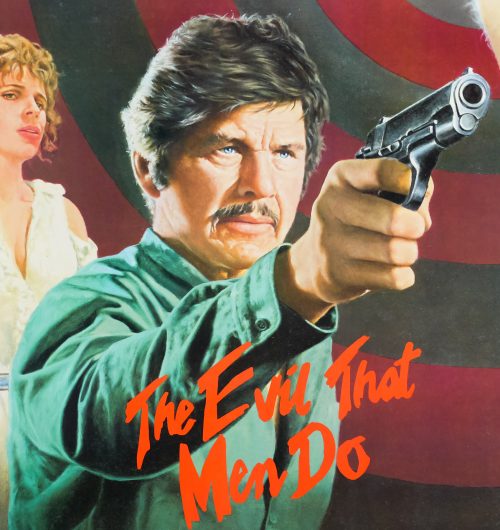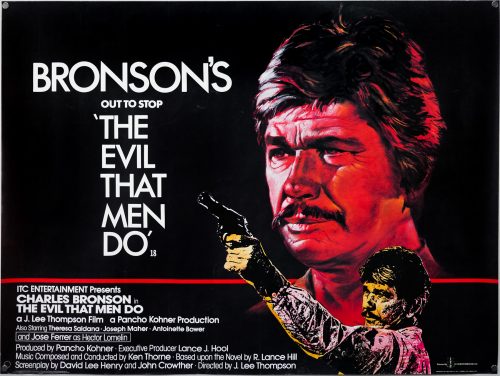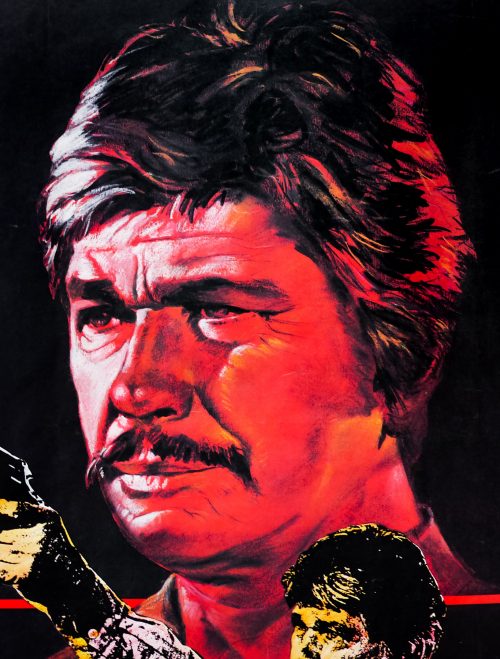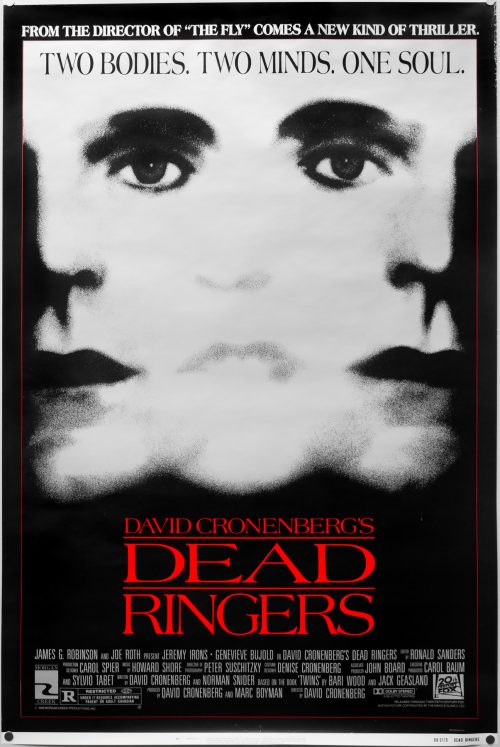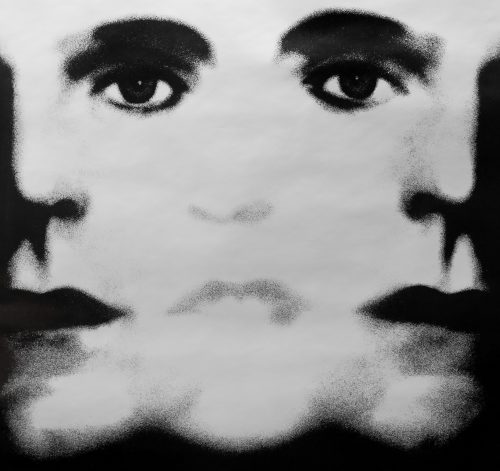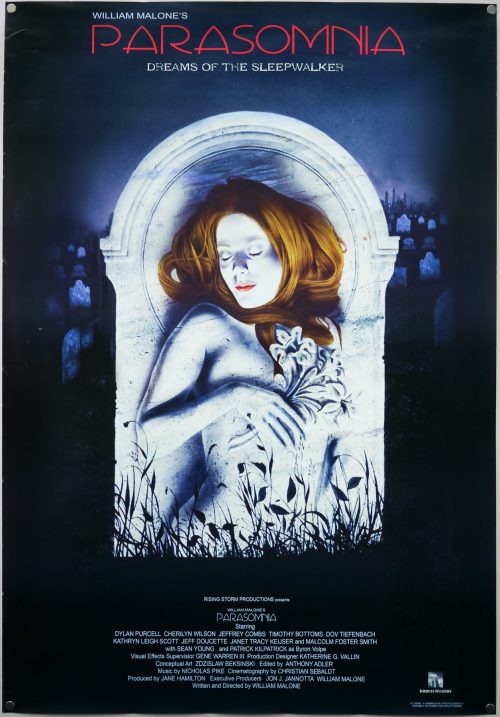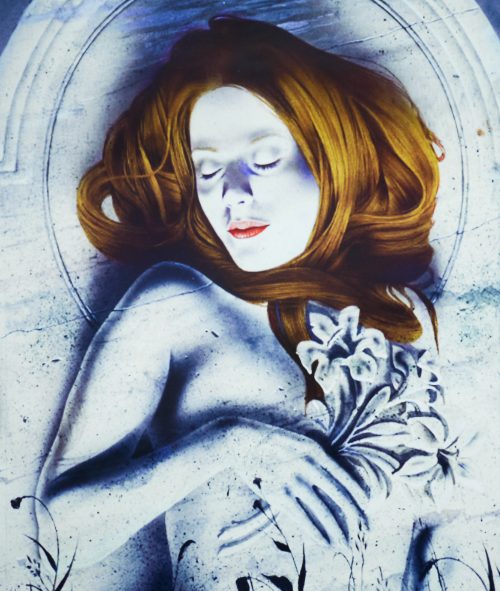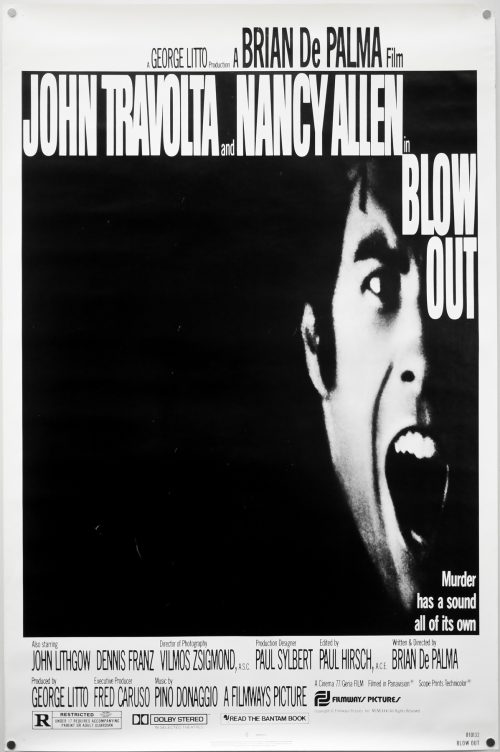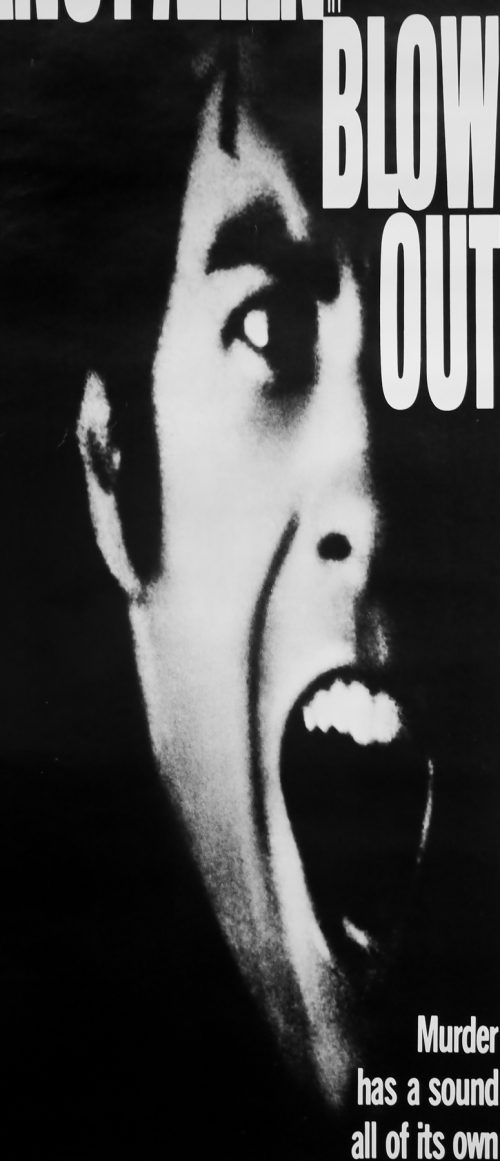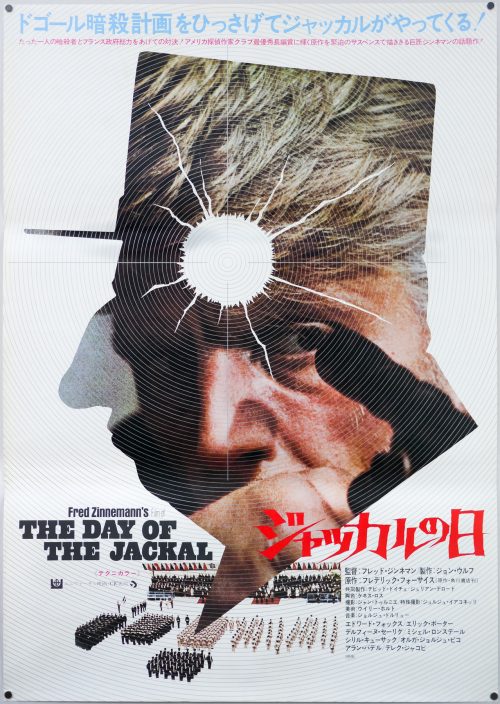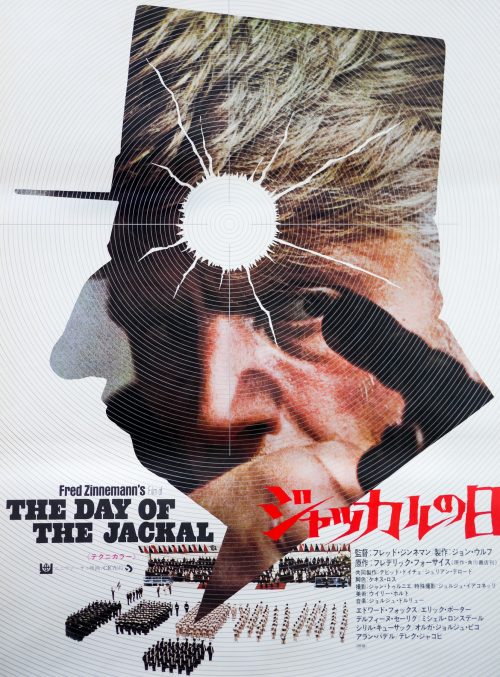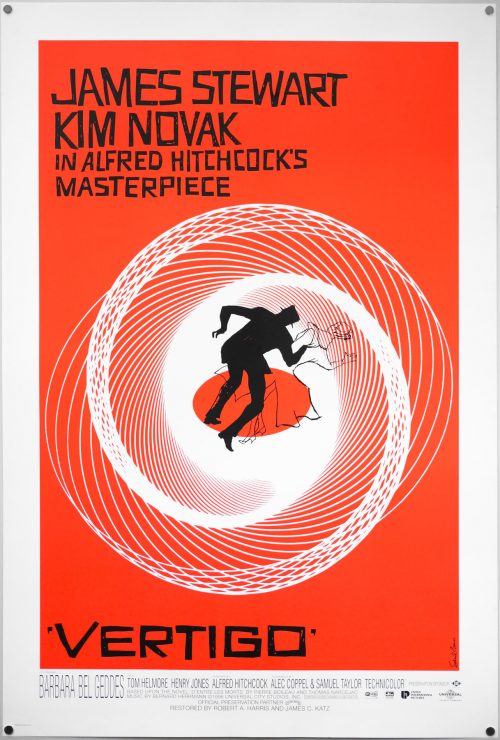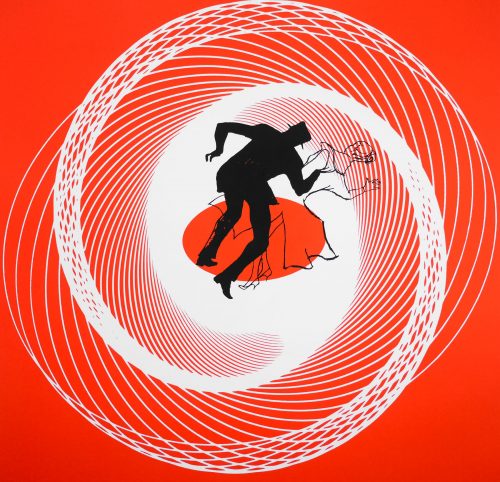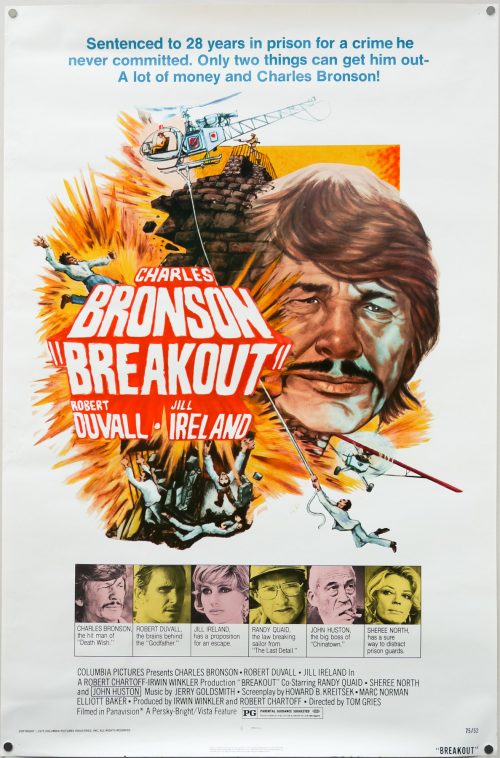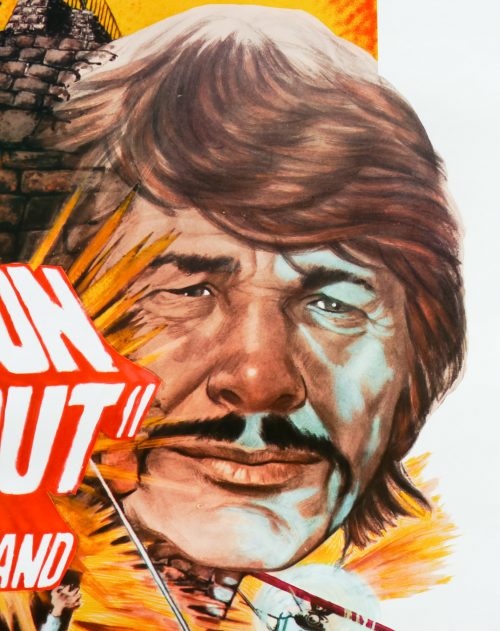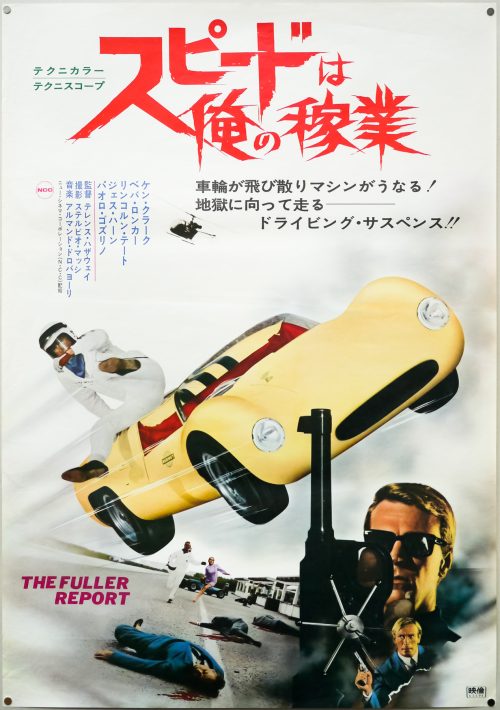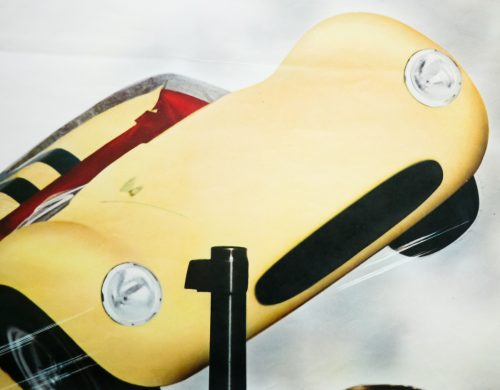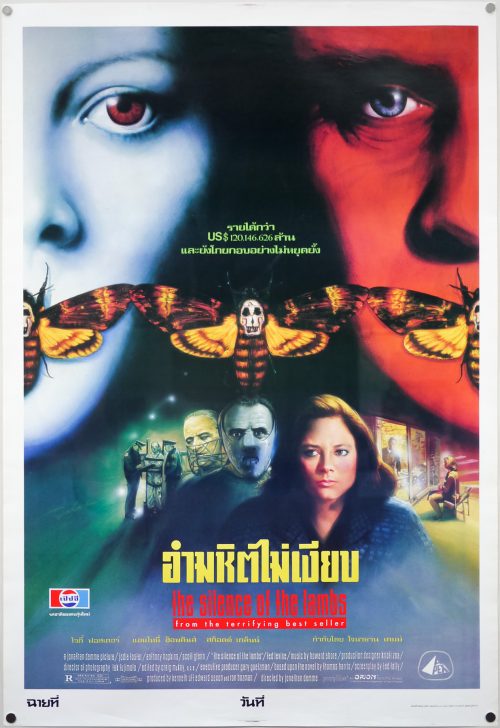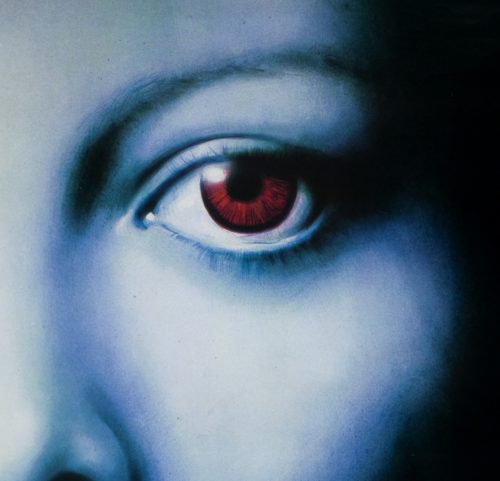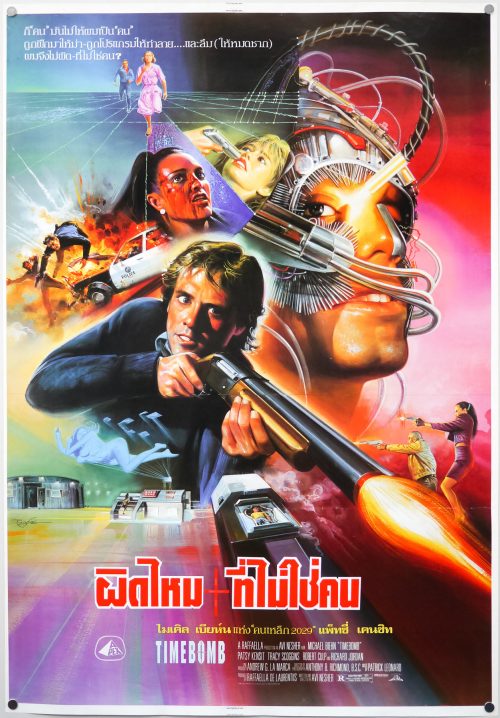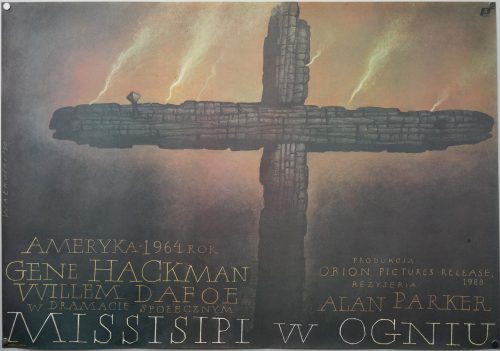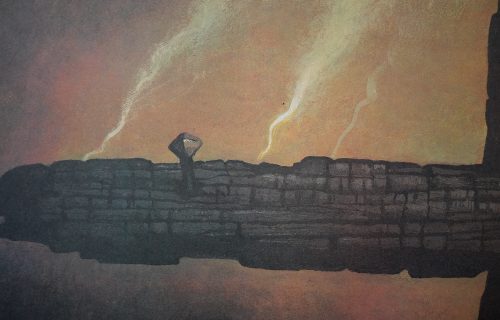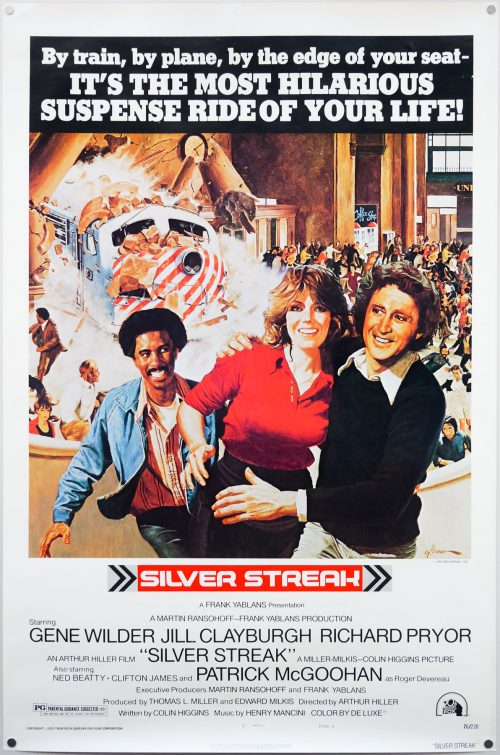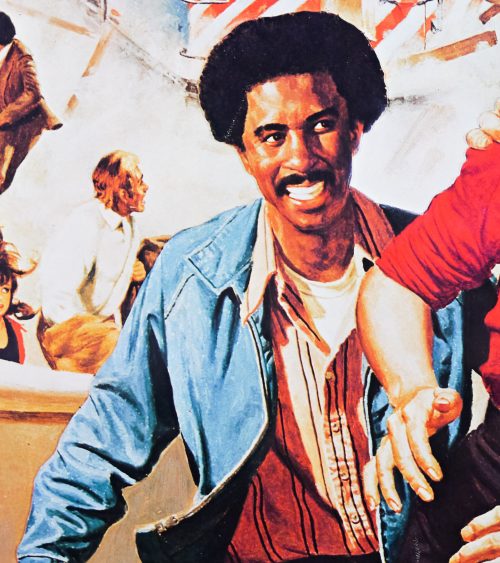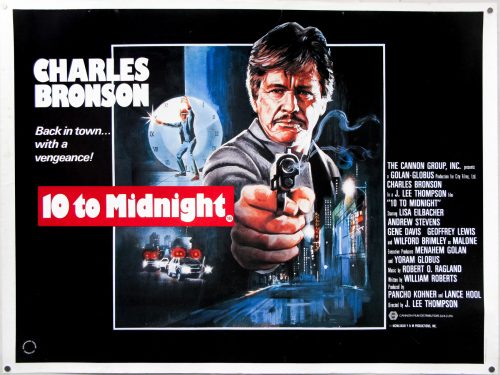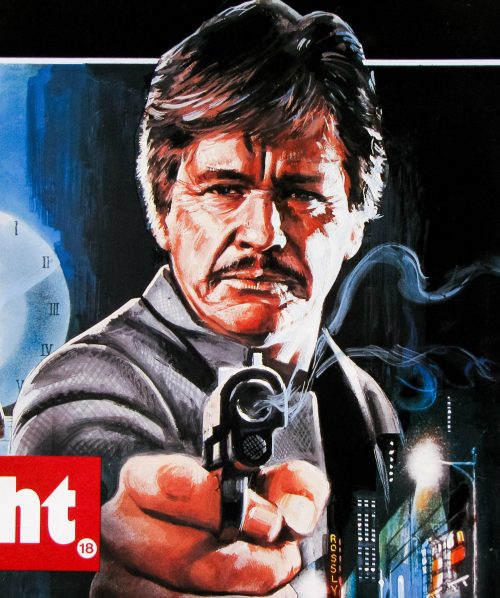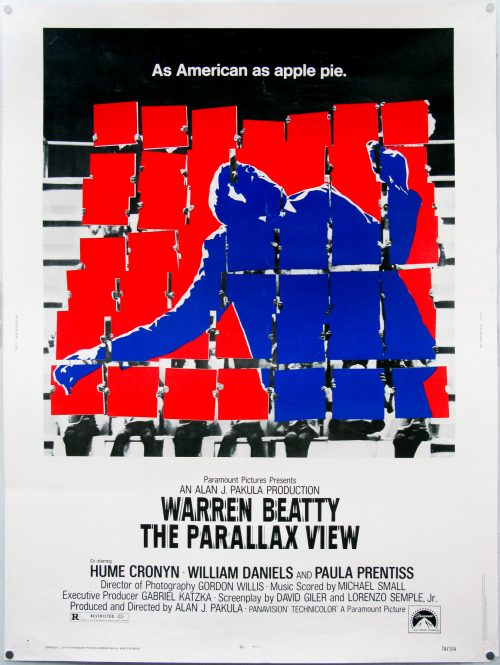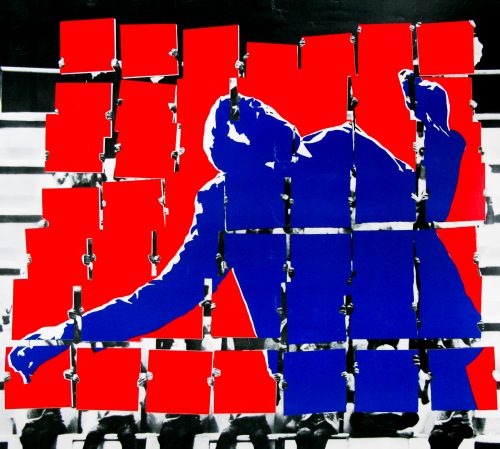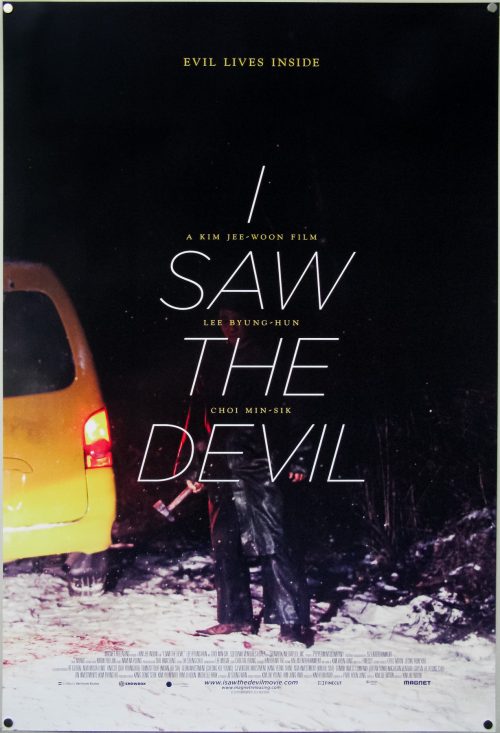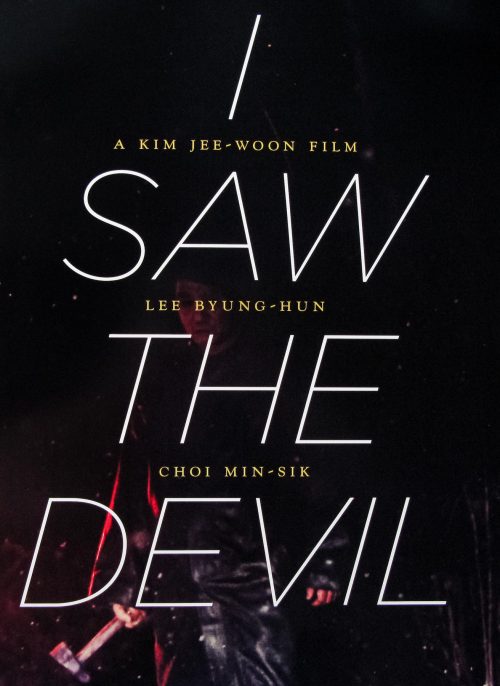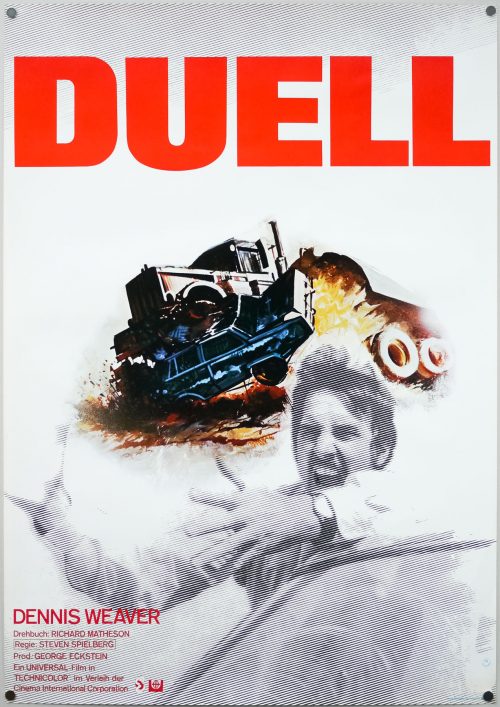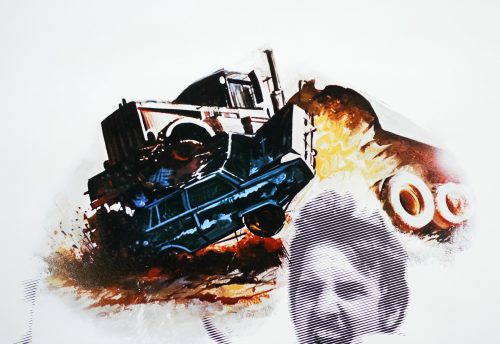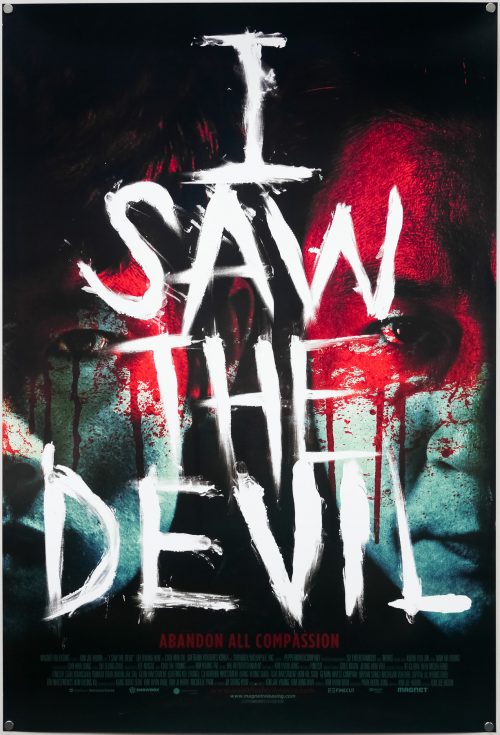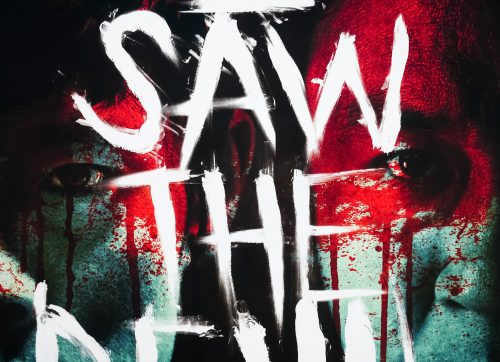- AKA
- --
- Year of Film
- 1982
- Director
- Nicholas Meyer
- Starring
- William Shatner, Leonard Nimoy, DeForest Kelley, James Doohan, Walter Koenig, George Takei, Nichelle Nichols, Bibi Besch, Merritt Butrick, Paul Winfield, Kirstie Alley, Ricardo Montalban, Ike Eisenmann, John Vargas
- Origin of Film
- USA
- Genre(s) of Film
- William Shatner, Leonard Nimoy, DeForest Kelley, James Doohan, Walter Koenig, George Takei, Nichelle Nichols, Bibi Besch, Merritt Butrick, Paul Winfield, Kirstie Alley, Ricardo Montalban, Ike Eisenmann, John Vargas,
- Type of Poster
- Screen print
- Style of Poster
- Regular
- Origin of Poster
- USA
- Year of Poster
- 2012
- Designer
- Tyler Stout
- Artist
- Tyler Stout
- Size (inches)
- 24" x 36"
- SS or DS
- SS
- Tagline
- --
The Wrath of Khan was the follow up to 1979s Star Trek – The Motion Picture, which was the first feature film to hit cinemas following the ending of the original series 10 years previously. Even though the show was cancelled by the network (NBC) after only three seasons, it had garnered a significant cult following and had made a major impact on popular culture, helped greatly by broadcast syndication on channels across the US during the 1970s. Despite earning significant box-office takings, many critics and fans of the original series were disappointed with the first feature film and reviews tended to criticise it as overlong, bereft of any significant action and, worst of all, boring.
A sequel was inevitable, but Gene Roddenberry, the creator of the original series and executive producer of the first film, was removed from its production by Paramount after they claimed that Roddenberry had forced the first film over budget and had muddled the script with too many re-writes. His replacement was Harve Bennett, with Roddenberry given an ‘executive consultant’ role. Bennett studied the original series for inspiration having decided that the film should be more action-packed and regain some of the swashbuckling feel that had been lost in the first film. Deciding that the sequel needed a decent bad guy, Bennett settled on the character of Khan Noonien Singh, a genetically engineered super solider, who had featured in the first series episode Space Seed, which had long been a fan favourite. At the end of that episode Khan and some of his comrades had been banished to the inhospitable planet of Ceti Alpha V so his return in the film would not be against the series’ canon.
Mexican actor Ricardo Montalban agreed to reprise his role as Khan and the story sees him escaping exile and seeking revenge against Captain Kirk, whom he blames for the death of his wife. After commandeering the USS Reliant, Khan learns of the Genesis Device, a torpedo which is intended to reorganise matter to create a hospitable world but can also destroy planets if used in the wrong way. The crew of the Starship Enterprise sets out to stop Khan but their intervention will not be without sacrifice and the ending of the film sees Leonard Nimoy’s Spock seemingly dead after sacrificing himself to save his comrades. This story arc would continue for two more films, concluding with The Voyage Home in 1986. Among several memorable scenes is the moment when Khan taunts Kirk with a threat against his wife, leading to this infamous outburst. KHAAAAAAAAAN!
When Mondo, the incomparable limited-edition screen print outfit, announced they were opening a gallery in their hometown of Austin, anticipation quickly reached fever pitch, with fans desperate to see what artwork would be on the walls when the doors opened for the first time. The answer was kept secret until the evening of March the 10th, 2012 when the opening night was held and the theme of their first show was revealed to be that of classic sci-fi. Most of Mondo’s premier artists turned in some incredible pieces for the show, as can be seen on this recap blog post on their website and on this SlashFilm post.
One of the highlights of the show was fan-favourite artist Tyler Stout’s print for The Wrath of Khan. A brilliantly composed image featuring Ricardo Montalban‘s unforgettable, titular bad guy, the poster was printed in two flavours; a red and gold regular and a silver and gold variant. Whilst adding the regular version to the Film on Paper collection I wanted to interview the man himself about the creation of the poster and that article can be read here.
